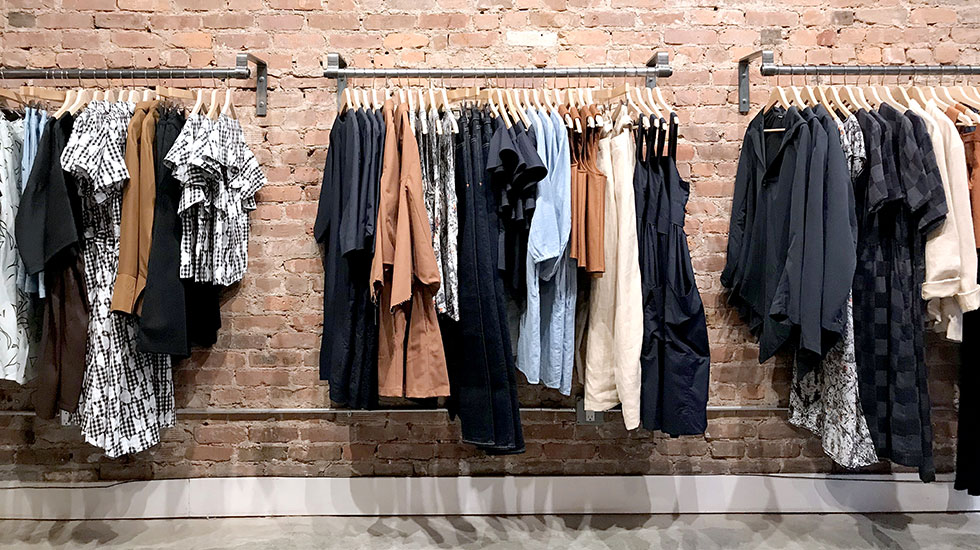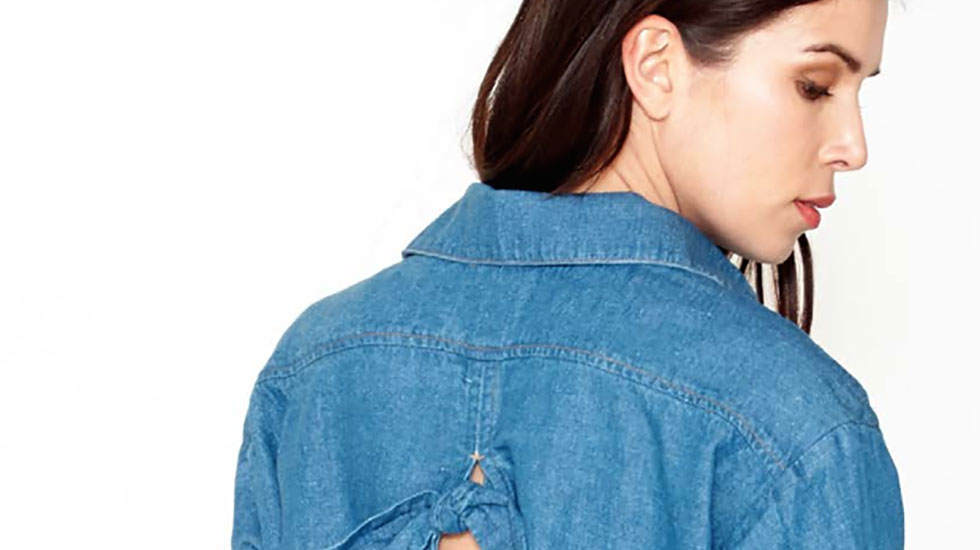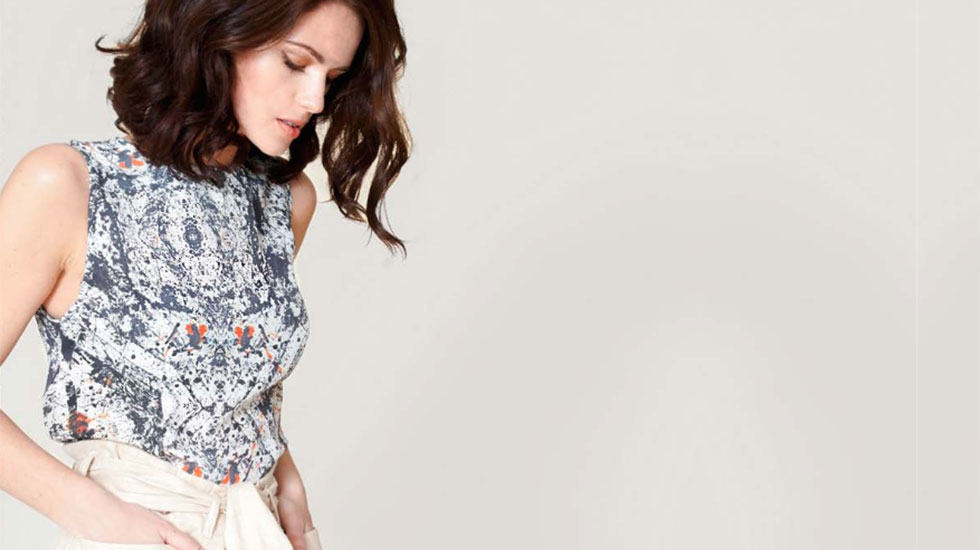Co-founders Mai Vu and Dimitri Koumbis launched Bishop Collective to provide a more responsible solution to the current retail model—one that is stagnant and dependent on less than humane international labor practices. After many passionate conversations during their time teaching college level fashion design and merchandising, both decided that the only way to make a change was to spearhead the change themselves. Six months later, Bishop Collective was born, offering American manufactured goods that eloquently combine fashion, art, and lifestyle into an ecommerce platform. Fashion Mannuscript spoke with Vu and Koumbis to talk about inspiration, the future, and their newly opened brick-and-mortar store.
FM: What is your background in fashion and/or design?
DK: I previously worked in merchandising, visual merchandising, and store design with fast fashion brands like Urban Outfitters and Gap, Inc. for over 15 years prior to moving into academia and working as a freelance branding and retail management consultant.
MV: My background is actually in fashion history, archiving, and education. I worked for several fashion publications and then launched the archive at Ralph Lauren before going into teaching. My experience at Ralph Lauren allowed me to see the complete fashion cycle from inspiration and design, to sales and PR. I also did a lot of freelance work as a stylist and graphic designer at various fashion companies before going into teaching.
FM: Why did you launch Bishop Collective and what was the idea/inspiration behind it?
BC: We worked together teaching at the Art Institute of New York City and were really inspired by our students. There wasn’t a lot of support especially in retail for independent and emerging labels. We were teaching a generation of designers with such great talent that we wanted to be able to provide them with a platform that supported them well after their education was finished. We also wanted to support our local communities and approach our business in an positive way so we decided to focus on ethical sourcing and American made.
FM: Why did you decided to open a brick-and-mortar store?
BC: We were online only for four years and did a few pop-ups that were really successful. It was the right next step for us. We believe that consumers still want that tactical experience that a brick-and-mortar space provides. Also, since we work with so many smaller brands that most consumers are not familiar with, it was important to have a space where they could touch and feel the clothes and become more educated on the brands.
FM: What differentiates your brand from others?
BC: A lot of brands focus on sustainable or ethical fashion but we keep it all domestically sourced. Also, because we are small we are able to respond very quickly to the market and customer needs. Our design aesthetic is based on strong and cohesive color palettes, forward-thinking yet functional design, and attention to details.
FM: How would you describe your typical customer?
BC: Our typical customer is fashion conscious, but definitely not a slave to fashion. She wants and knows what looks good on her and wears her clothes with confidence. As for age, there is no typical for us. We get college aged fashionistas and rock-n-roll grandmas all loving the brand and what we represent. Our customer is also incredibly aware of social issues and how the fashion industry affects these issues.
FM: What are your main fashion/style inspirations?
BC: We love Tilda!! She was such a great source of inspiration for us as we were developing our brand. Her grace, confidence, and unconventional style continues to drive some of the decisions we make with design. We also look at a lot of interior and industrial design for inspiration. As we’re trying to create more of a lifestyle brand it’s important for us to constantly look outside of fashion.
FM: What are your goals for Bishop Collective in the next year?
BC: We are planning on building upon our home goods and accessories collection as well as expanding into personal items. The focus on for the next year will really be on our brick-and-mortar space and making it the best that it can be. We want to really cater to the NYC and specifically the LES consumer.
FM: What advice would you give to someone who wants to go from online to brick-and-mortar?
BC: Don’t rush into it. Use your online business to hone in and test out buys and determine your target market before launching a brick-and-mortar space. A storefront is a much bigger investment and a lot more time consuming so you’ll want to work out those kinks beforehand. Also, test out some markets before fully committing to something more permanent.











Add Comment